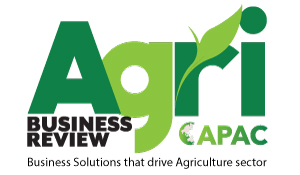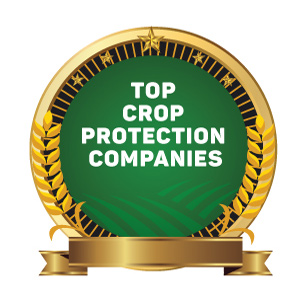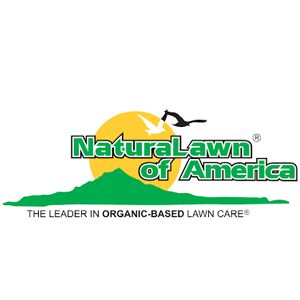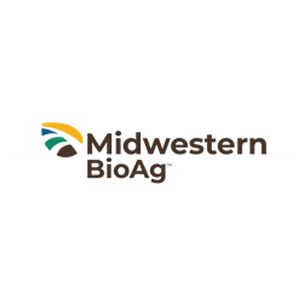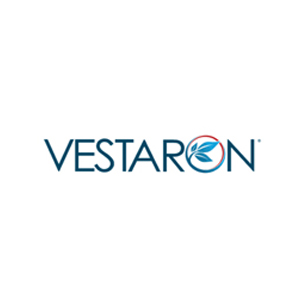Transforming Agriculture by Treating Soil as a Living System
Friday, December 19, 2025
For much of history, agriculture has focused on macro-level factors such as seeds, sunlight, rainfall, and the physical and chemical traits of soil. Farmers tilled, fertilized, and irrigated with the view that soil was mainly a passive medium for roots and a channel for inputs. Today, however, a profound shift is underway—one that shifts attention from soil as an inert substance to the vibrant, microscopic life within it. This hidden world, known as the soil microbiome, represents a breakthrough in agriculture, offering new pathways to healthier soils, stronger crops, and lasting productivity.
The Soil Microbiome: A Paradigm Shift in Agriculture
The soil microbiome is paramount in determining soil fertility, functioning as the unseen engine that underpins agricultural productivity. These microscopic organisms operate incessantly to establish conditions conducive to crop growth and proliferation. Their contributions can be broadly classified into three critical domains: nutrient cycling and availability, soil structure development, and plant protection and resilience.
Key Roles of Microorganisms in Soil Health
Regarding nutrient cycling, microorganisms function as natural chemists, converting otherwise inaccessible soil nutrients into forms readily absorbable by plants. For example, nitrogen-fixing bacteria transform inert atmospheric nitrogen (N₂) into ammonia (NH₃), a vital and readily available nutrient for plant growth and development. Similarly, specialized bacteria and fungi facilitate phosphorus solubilization by releasing enzymes and organic acids that liberate phosphorus bound to soil minerals. Additionally, microbial decomposers play a pivotal role in the breakdown of organic matter, including crop residues, manure, and compost, thereby releasing essential minerals back into the soil to sustain subsequent plant generations.
Beyond nutrient availability, microorganisms play a crucial role in developing superior soil structure. Fungal hyphae interconnect with soil particles, forming stable aggregates, while bacterial secretions, such as extracellular polysaccharides, serve as natural binding agents. Glomalin, a microbial byproduct, exemplifies this process by enhancing soil aggregation, thereby creating the desirable crumbly, aerated texture characteristic of fertile soil. This enhanced structure improves water infiltration and retention, enabling soils to withstand droughts more effectively and reducing their susceptibility to erosion.
The microbiome plays an equally vital role in bolstering plant protection and resilience. Advantageous microbes establish a protective barrier around plant roots, contending with deleterious pathogens for spatial and nutritional resources, whilst concurrently generating natural antimicrobial and antifungal compounds that inhibit disease. Furthermore, certain beneficial organisms can stimulate a plant's inherent immune response through a mechanism termed Induced Systemic Resistance (ISR). This process preconditions plants to resist future pest and disease pressures more effectively, consequently enhancing overall crop resilience.
The growing understanding of the microbiome necessitates a fundamental shift in agricultural practices. The 20th-century methodology frequently relied upon intensive tillage and broad-spectrum chemical applications, which, despite yielding short-term benefits, often disturbed and depleted this crucial microbial community. The contemporary paradigm advocates for cultivation over control, striving to cultivate a diverse, balanced, and efficacious microbial ecosystem as a primary asset. This biology-centric approach views the soil as a long-term investment, where the nurturing of the microbial workforce culminates in self-sustaining fertility and resilience.
Innovative Practices for Microbiome Management
This transformation necessitates the implementation of practices that nourish, sustain, and safeguard soil organisms. Regenerative agriculture offers a robust framework for achieving this through core principles designed to bolster the soil microbiome. Techniques such as minimal tillage serve to preserve intricate fungal networks and microbial habitats. The cultivation of cover crops ensures the continuous presence of living roots, thereby providing a consistent nutrient supply for microbes. Enhancing crop diversity through intricate rotations introduces a broader spectrum of root exudates, which subsequently fosters a more varied and robust microbial community.
In addition to agricultural methodologies, the industry is developing advanced tools for direct management of the microbiome. This encompasses the application of bio-inoculants, which are meticulously chosen strains of advantageous microbes introduced into the soil or applied as a seed coating to fulfill specific roles, such as nitrogen fixation or phosphorus solubilization. These can be conceptualized as a probiotic for the soil. Furthermore, biostimulants—compounds and substances including humic acids, seaweed extracts, and complex carbohydrates—function as prebiotics, nourishing and activating the indigenous microbial populations already present in the soil.
The mechanisms for comprehending this intricate environment are also progressing at an accelerated pace. Technologies such as next-generation DNA sequencing facilitate a comprehensive "census" of the soil, enabling the identification of microbial populations and their respective abundances. When combined with advanced bioinformatics, this information offers an unparalleled diagnostic insight into the vitality and operational capabilities of the soil's intricate living ecosystem.
The future of agriculture is undeniably intertwined with the health of its tiniest inhabitants. By shifting the focus from soil chemistry alone to the holistic, living ecosystem of the microbiome, a new suite of solutions is being unlocked. Microbiome management provides a pathway to producing more resilient crops, reducing reliance on synthetic inputs, and building healthier, more productive soils for generations to come. This is more than just a new technique; it is a deeper partnership with nature, harnessing the power of a billion-year-old symbiosis to create the fertile, sustainable, and abundant agricultural systems of the future.
